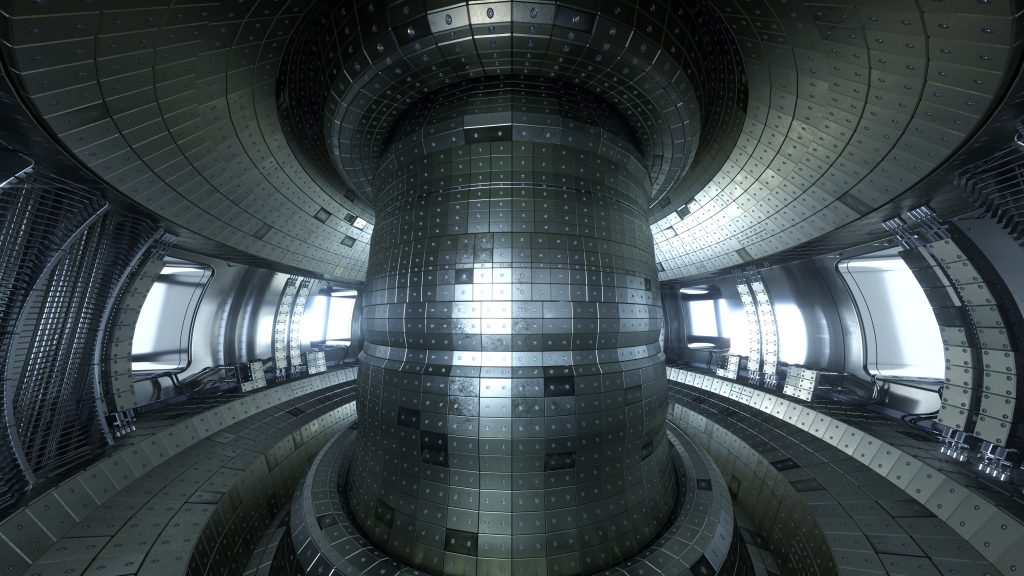
The vast amount of engineering data generated by replacing experimental devices and managing ITER’s multiple system configurations demands a more efficient approach than traditional documentation-based methods. CEA-List’s opensource Papyrus platform, combining power and versatility, is ideally suited for detailed modeling of complex systems. Our researchers developed a new domain-specific language tailored to nuclear fusion system maintenance, enabling IRFM to model the assembly and disassembly phases of experimental systems.
The platform demonstrated its ability to segment and visualize large datasets at two distinct scales:
Once modeled, functional simulations of assembly/disassembly sequences can be run using Papyrus’ Moka tool to validate model coherence and generate simulation traces.
Future developments will integrate risk analysis via CEAList’s Sophia software, alongside requirements modeling and traceability. Additionally, coupling the Papyrus model with the virtual reality representation of the system in its environment will create digital continuity between the two, enhancing scenario analysis accuracy and relevance.
Model-driven engineering is critical to the development of fusion reactors, especially when international cooperation is part of the mix